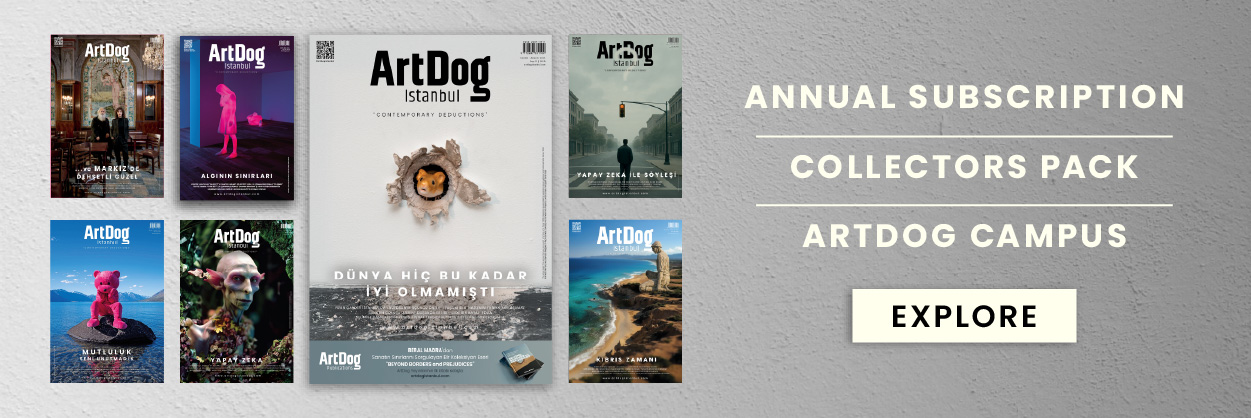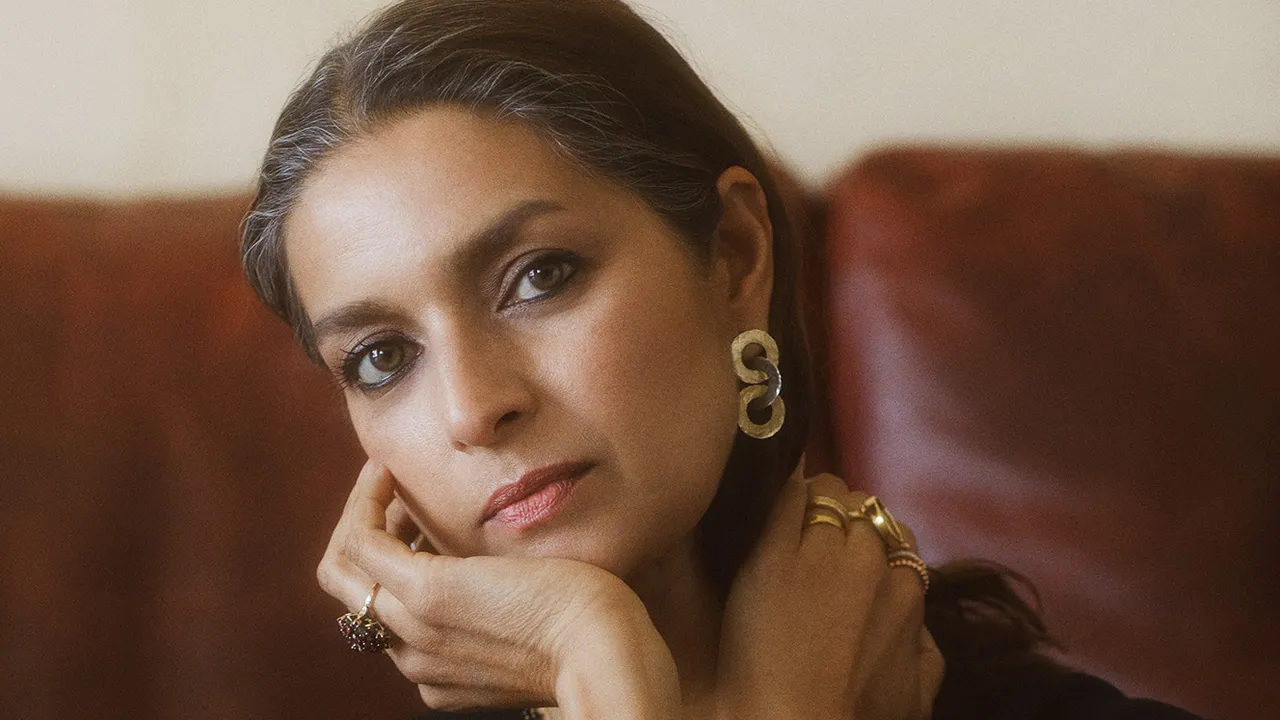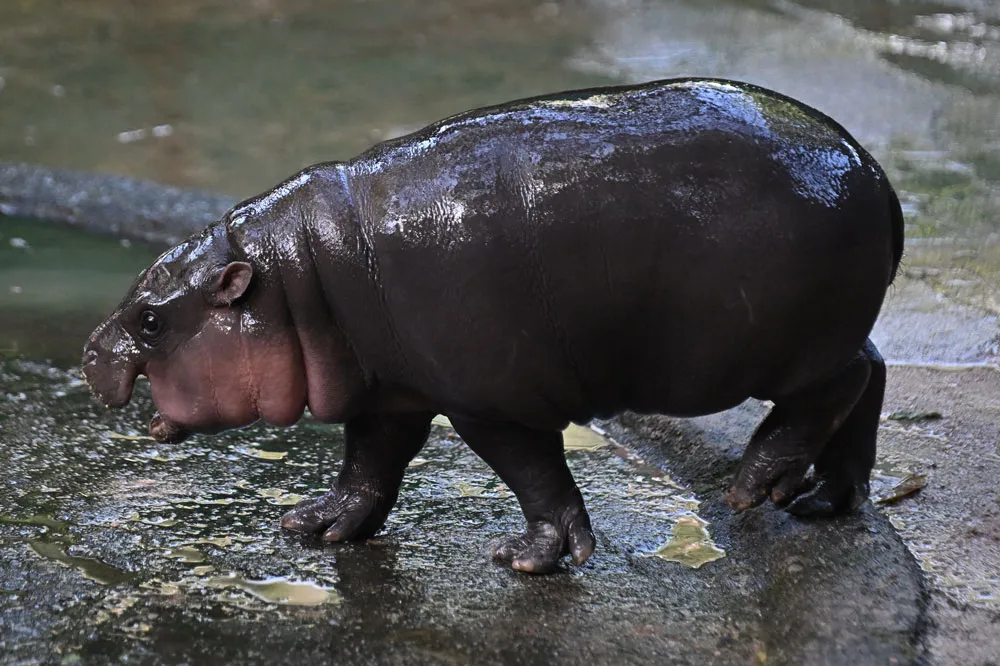The 9th Çanakkale Biennial, taking place this year, is centered around the theme “Let Time Run its Course” . The event explores the phenomenon of youth, youth culture, and the intersection of art and technology. Emphasizing fresh approaches to global issues and the role of art in transmitting culture, the biennial is committed to inclusivity, interaction, and dialogue with young audiences. Featuring works by international artists, the event extends beyond the city center to include venues such as the Troy Museum, Assos, and Küçükkuyu, marking a historic first for the event. The biennial starts on Oct 4 and continues until Nov 11.
The artistic content of the 9th Çanakkale Biennial focuses on the concept of “youth” through three interconnected axes:
Youth Culture and Art-Technology Connections: Under this theme, the biennial brings together the works of artists from different generations who focus on the intersection of contemporary art and technology, digital and interactive platforms, gaming culture, and communication tools. It explores how technological advancements, which have become an inseparable part of young people’s lives, shape today’s visual culture and stretch the boundaries of art, while also trying to offer different perspectives on the relationship with the digital ecosystem.
This Biennial deals with Art in the Transmission of Culture: The central function of art in preserving cultural heritage, traditions, and collective memory and passing them on to future generations forms the third axis of the biennial. The proposed artistic journeys aim to give the audience an experience of how conceptual, visual, and poetic expressions can serve as a bridge between the past, present, and future. The emphasis on the importance of cultural continuity is enriched by productions that focus on the role of collective memory in shaping community narratives, its reflections and interpretations in the contemporary cultural ecosystem.
Reflecting the structure of the Çanakkale Biennial, which is woven through various institutional, curatorial, and artistic collaborations, the 9th edition titled “Let Time Run its Course” also carries the desire to “entrust and pass on to the future” nearly two decades of art productions accumulated by the biennial, the institutional models and strategies it has developed, and its memory.
Heritage, Structure, and Cultural Memory
”Let Time Run its Course” theme is the Biennial’s ambition to preserve and transfer its artistic heritage, structure, and cultural memory to future generations. This forward-looking vision includes plans for a new contemporary art museum in Çanakkale, serving as a testament to the Biennial’s enduring influence and legacy.
The 9th Çanakkale Biennial is a collective effort in which curatorial responsibility and initiative are shared based on cooperation and interaction with a participatory approach; It takes place with the General Art Director Seyhan Boztepe, accompanied by a Biennial Board consisting of Alper Akyüz, Burak Topçakıl, Deniz Erbaş, Didem Çapa, Ebru Nalan Sülün, Hakan Yılmaz, Rüstem Aslan, Thouli Misirloglou, Ulrika Flink and Zihni Tümer.
Venues of the Biennial
Troy Museum, which was used as the Biennial venue before, will host various exhibitions again. The temporary exhibition hall of the museum will host a selection signed by Didem Çapa from the exhibitions realized by Maçka Sanat in recent years. Various areas of the museum will also be the scene of artistic encounters. With the support of the Space for Culture Program of the Troia Foundation Korfmann Library and its surroundings, an international exhibition focusing on the concepts of games and building worlds, which is the outcome of the collaboration between Swedish curator Ulrika Flink and Deniz Erbaş, will be held. The first outputs of the artistic production process carried out with John Hansard Gallery with the support of the British Council Creative Collaborations Program will also be included in this exhibition. At MAHAL, the art center of the Çanakkale Biennial Initiative, the Biennial-specific edition of Burak Topçakıl’s New Ordinary exhibitions, which he has constructed in a collective process with new generation artists in recent years, will be realized with the support of SAHA Association.
Another interesting aspect of the Biennial is the exhibition of ASTİM Collective located in the new industrial zone. The exhibition, which is associated with Cermodern’s experience in digital art, will be edited by Hakan Yılmaz and will offer an experience area focusing on the themes of environment, sustainability, and upcycling. The exhibitions, which will include new works by artists suggested by Ebru Nalan Sülün, Zihni Tümer, and Thouli Misirloglou (Thessaloniki Biennial), will be spread across different venues in Çanakkale, with the support of local stakeholders as well as institutions such as the Italian Institute, the French Institute, the Danish Cultural Institute-Turkey, and the Goethe Institute. will meet with visitors.







